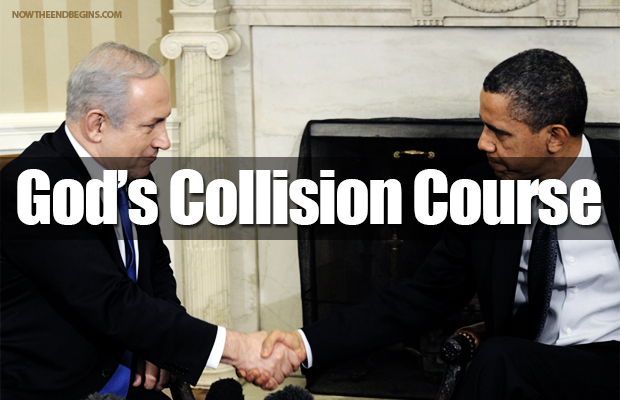
For six years, President Barack Obama and Israeli Prime Minister Benjamin Netanyahu have been on a collision course over how to halt Iran's nuclear ambitions, a high-stakes endeavor both men see as a centerpiece of their legacies.
The coming weeks will put the relationship between their countries, which otherwise remain stalwart allies, to one of its toughest tests.
Netanyahu is bound for Washington for an address to Congress on Tuesday aimed squarely at derailing Obama's cherished bid for a diplomatic deal with Tehran. At the same time, Secretary of State John Kerry and other international negotiators will be in Switzerland for talks with the Iranians, trying for a framework agreement before a late March deadline.
In between are Israel's elections March 17, which have heightened the political overtones of Netanyahu's visit to Washington.
The prime minister is speaking to Congress at the request of Republicans. His visit was coordinated without the Obama administration's knowledge, deepening tensions between two leaders who have never shown much affection for each other.
Jeremy Ben-Ami, president of the liberal Jewish advocacy group J Street, said Netanyahu was "crossing some lines that haven't been crossed before and is putting Israel into the partisan crossfire in a way it has not been before."
But the largest pro-Israel lobby in the U.S., the American Israel Public Affairs Committee, has tried to play down the partisanship.
"AIPAC welcomes the prime minister's speech to Congress and we believe that this is a very important address," spokesman Marshall Wittmann said. "We have been actively encouraging senators and representatives to attend and we have received an overwhelmingly positive response from both sides of the aisle."
Nearly a dozen Democratic lawmakers plan to sit out Netanyahu's speech, calling it an affront to the president.
Stopping Iran from building a nuclear bomb has become a defining challenge for both Obama and Netanyahu, yet one they have approached far differently.
For Obama, getting Iran to verifiably prove it is not pursuing nuclear weapons would be a bright spot in a foreign policy arena in which numerous outcomes are uncertain and would validate his early political promise to negotiate with Iran without conditions.
Netanyahu considers unacceptable any deal with Iran that doesn't end its nuclear program entirely and opposes the diplomatic pursuit as one that minimizes what he considers an existential threat to Israel.
Credit to Huffpost
 Ukrainian armed forces have been battling against pro-Russian separatists
Ukrainian armed forces have been battling against pro-Russian separatists

